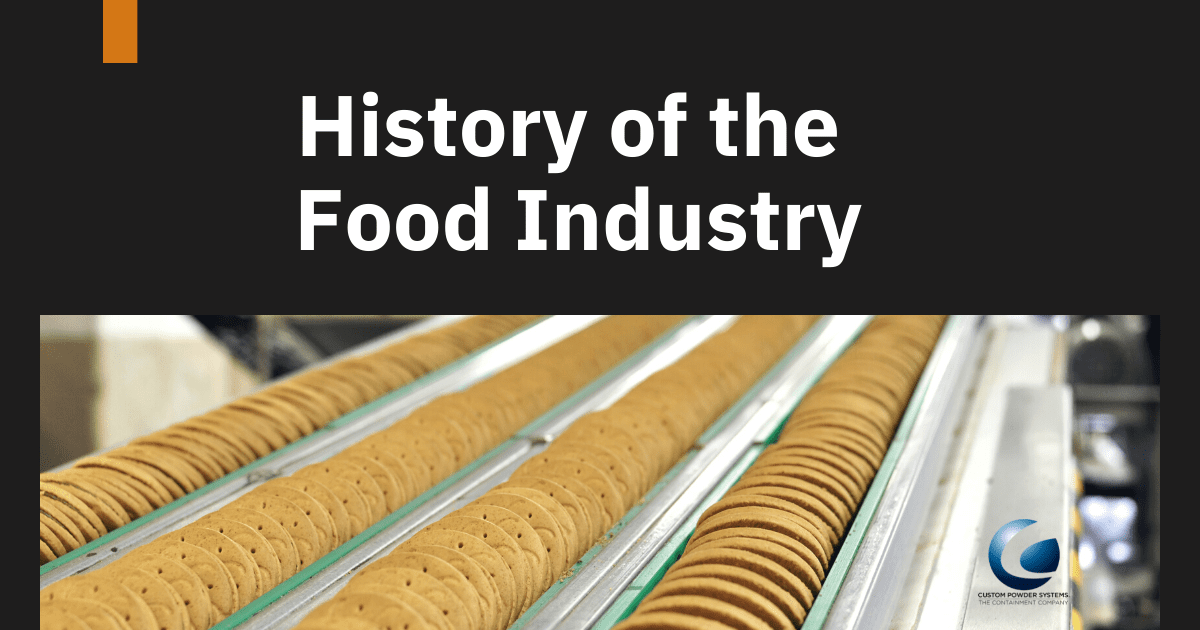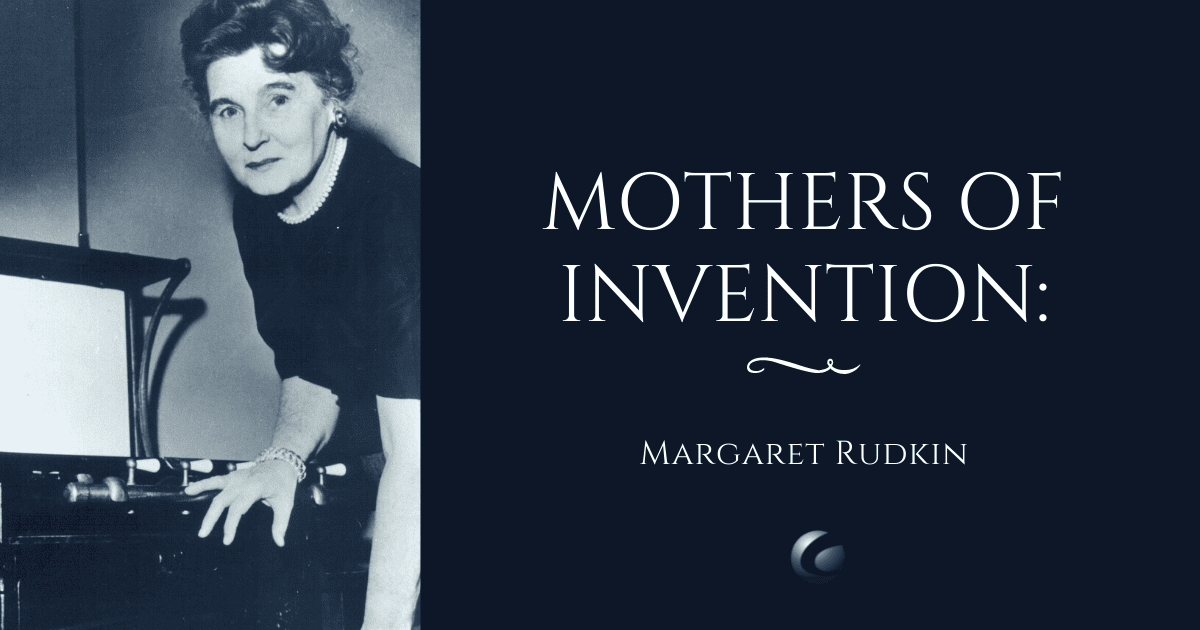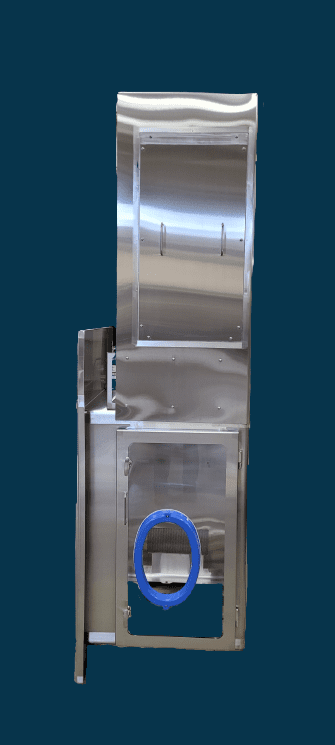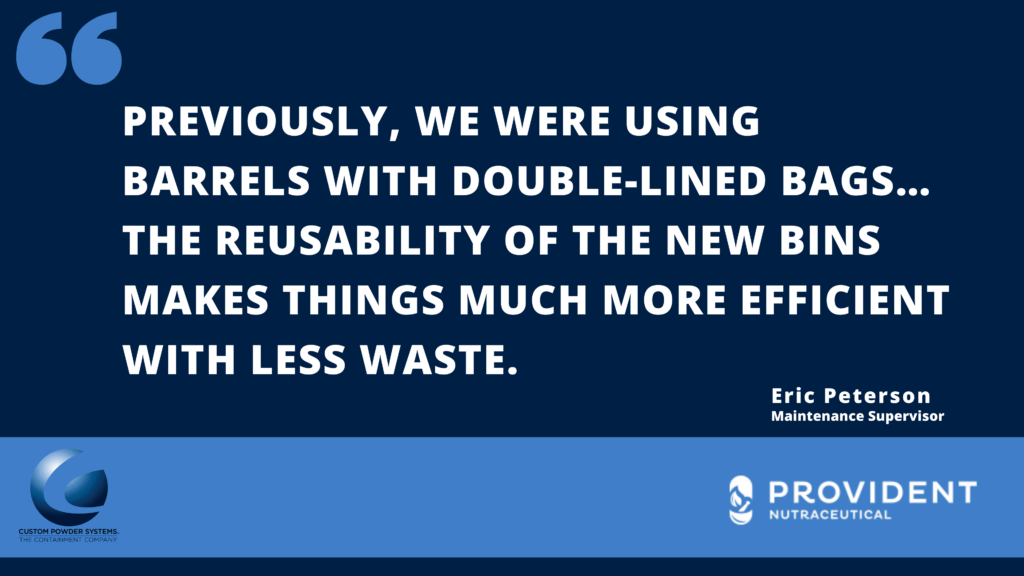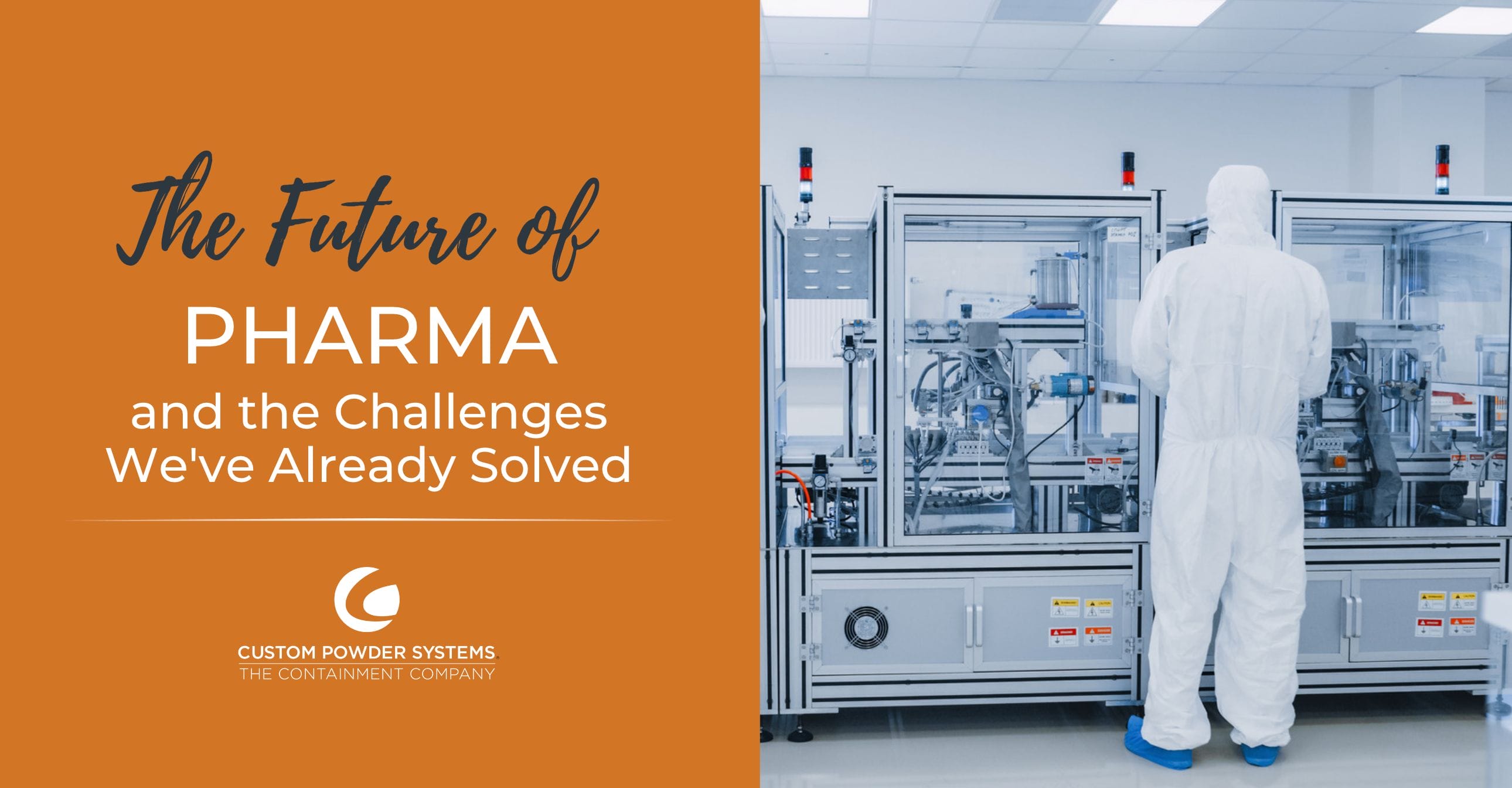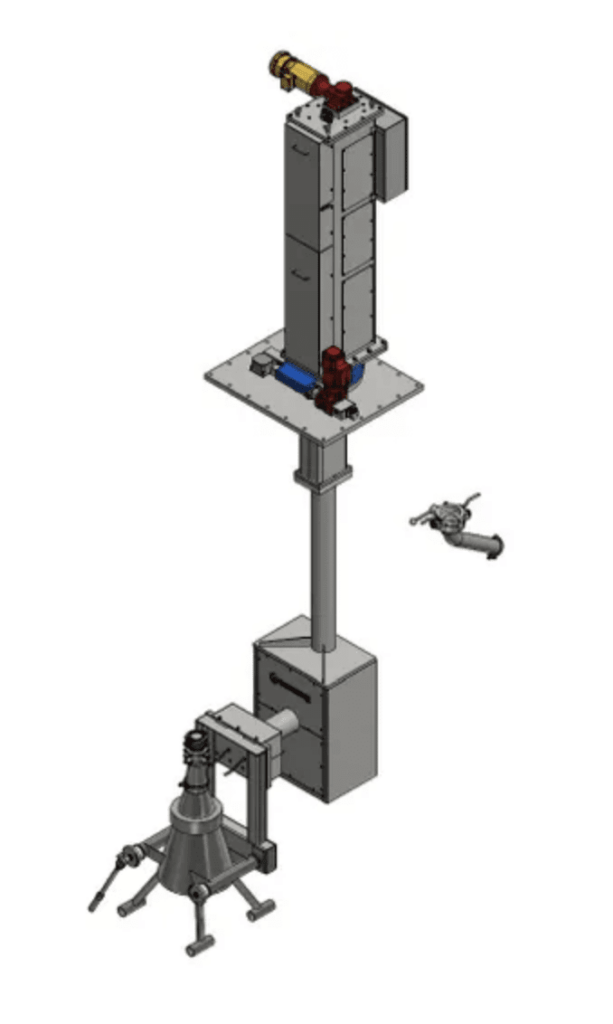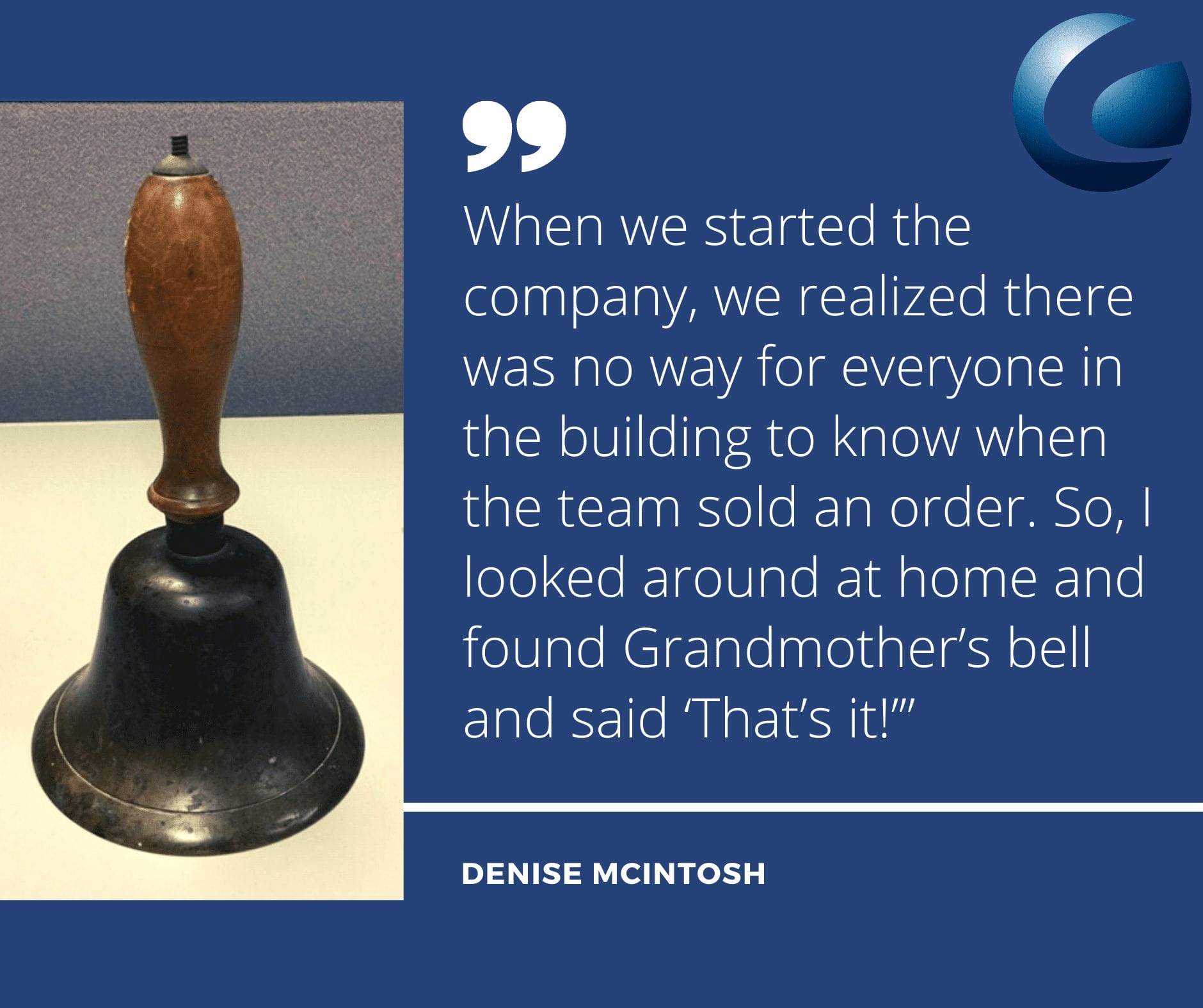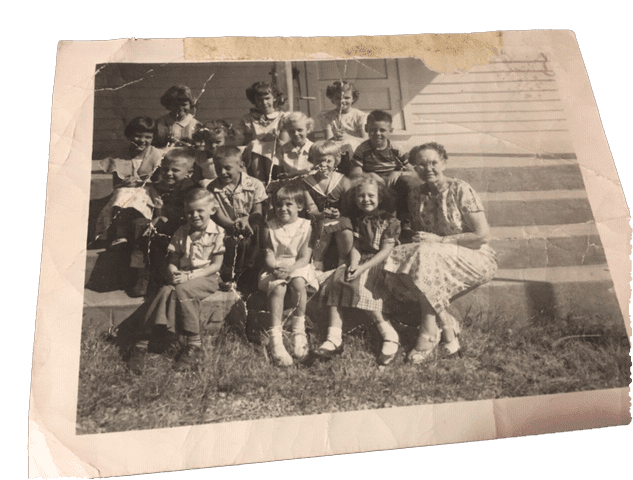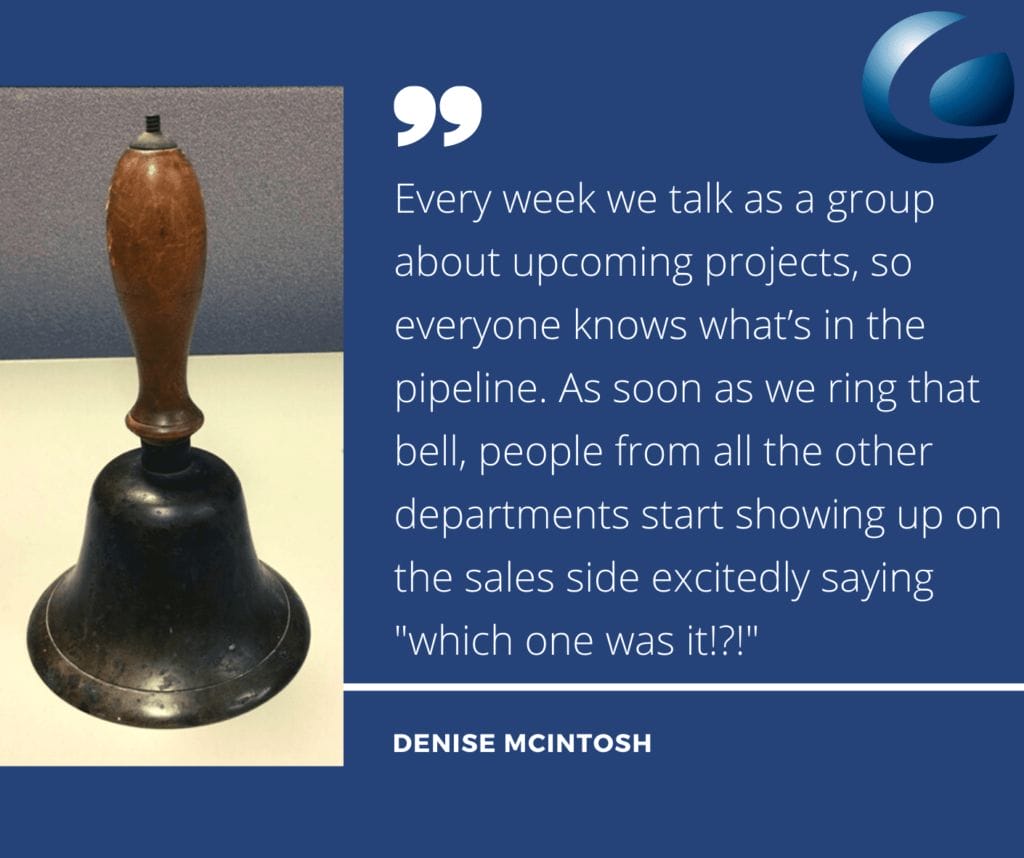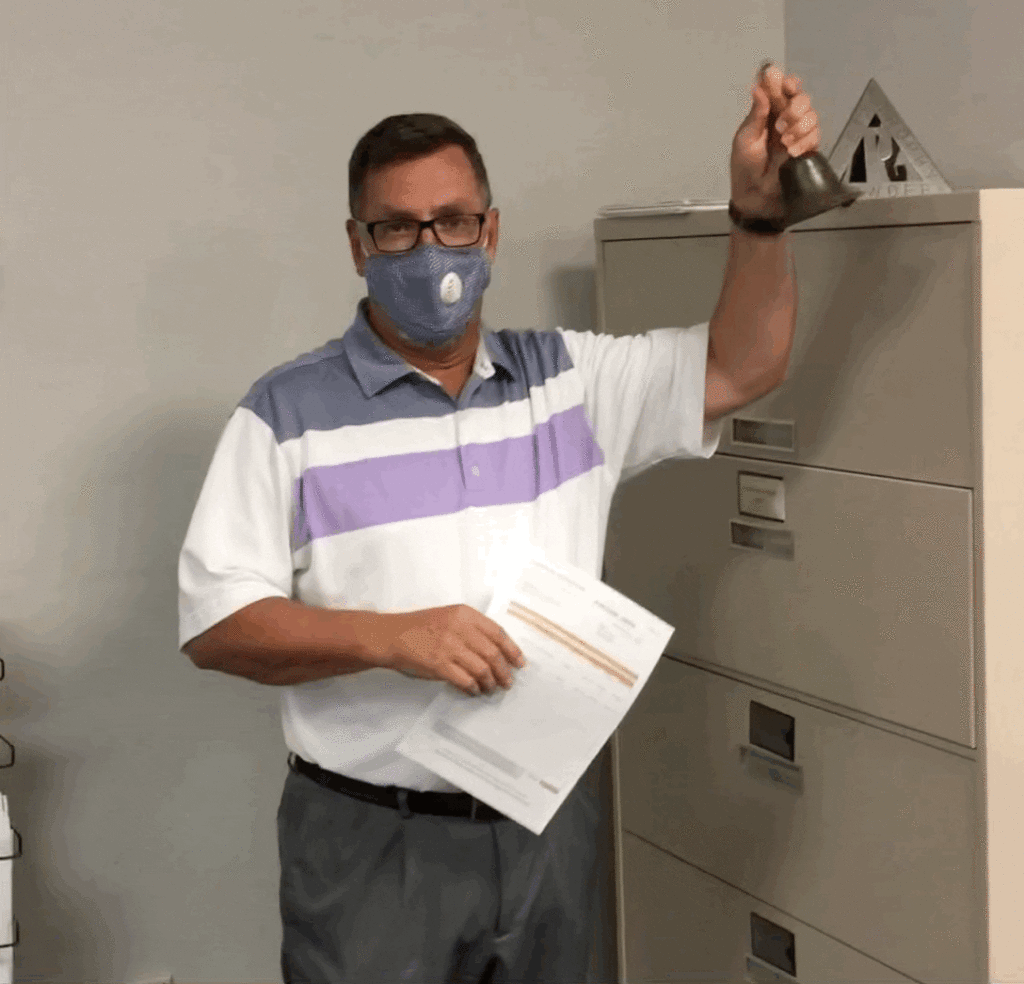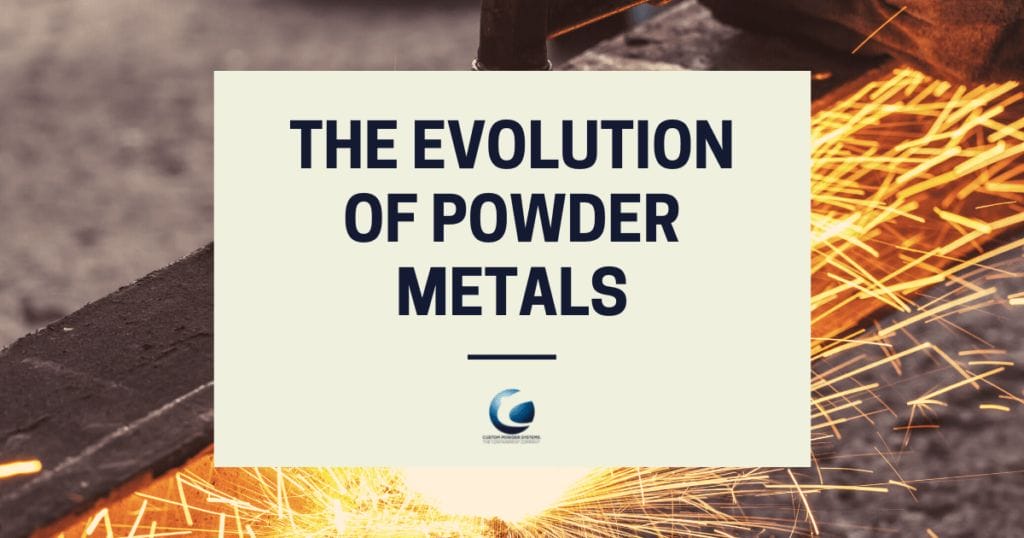
The Incas developed an accounting system, brain surgery, and freeze drying. They were also brilliant metalsmiths, and are likely the source of a technique still used today: Powder Metallurgy.
As it has evolved over the years, it has produced unique materials like tungsten carbide, and reduced the need to use metal removal processes.
It began with the art of metal and ceramic sintering. Ancient Incas would use precious metals to form jewelry and other artifacts. Meanwhile, on the opposite side of the planet, ancient Egyptians believed to also be using powder metals to make everything from iron daggers, to ornamentation found in the tomb of Tutankhamon. But it would take another 500 years after the Incas, before metal powders would be used in mass manufacturing.
Russian scientist, Peter G. Sobolevsky, figured out a way to create new things from platinum powder. This involved ammonium chloroplatinate being hot-pressed and shaped into easily transportable blanks. In the late 19th century, iron was extracted by hand and then reintroduced as a powder.
But the beginning of the 20th century is when the use of powder metals really took off. For that, you can thank the lightbulb.
Powdered metals were used to make tungsten wire, which had the unique traits of being easy to heat up, but not so fragile it would come apart.
In 1922, the production of cemented carbides was involved in making heavy alloys, multi-carbides, and contact materials. The ability to make metals lighter while making them stronger has caused advancements in everything from architecture to aerospace.
Breaking these various metals down to a powder also brings along some challenges. When metals are pulverized into a powder being micrometers in size, it can become a hazard for workers. These small particles can enter the lungs and do significant damage. That’s something we in this industry study and take very seriously. Bins, hoppers, and other systems must be made to contain these powder metals safely and completely, while not inhibiting the workflow of a business.
It’s a fascinating field of study, and we would love to help you learn more about this historical process.
_________________________________________________________________________
To hear more about the art of engineering, sign up for our newsletter.


